Pushing Through The Tweaks, Twinges, and Pains: Shoulders.
If you haven't read the first part of this series, I suggest you do. If not, I'll mention it again: I'm not a doctor. I have no medical or physiological background other than I'm a lifelong athlete who trains through injuries while concurrently rehabbing them. That's it. If you choose to take any of the "advice" I'm passing on here, it's on you. These are merely my experiences - no real research is going into these posts that I haven't conducted for my own injuries, which could very well be different than yours.
Now, on with the show.

Shoulders are a tricky joint. A big muscular shoulder means absolutely nothing when it comes to injuries. It's the smaller group of muscles hidden underneath that make the difference. This group of four smaller muscles and their tendons is what we call the rotator cuff. The often overlooked rotator cuff is the group of muscles that ultimately provides stability to the ball-and-socket shoulder joint. A cliche (but fairly accurate) way to look at it is to imagine a golf ball on a tee. The shallow dish of the tee is very similiar to the small "socket", and the golf ball is, well, the much larger "ball". The rotator cuff muscles wrap around the tee and the golf ball to keep them in contact. You reach your arm over your head, particularly dynamically or in a gaston position, and it's awfully easy to compromise the stability of that joint.

Most common to climbers, and the only injury I've self diagnosed in my own shoulders, is a form of tendonitis known as "shoulder impingement syndrome (SIS)". The two tendons most common to be inflamed in climbers are the ones associated with the supraspinatus and bicep muscles.
In my case, the injury revealed itself slowly. Soreness at first, and before I was really paying attention, I would wake up in the morning and not be able to lift my arm. No bueno. After getting moving, I would regain most of my mobility, and while climbing, it would only show up on shouldery moves. This meant that it wasn't as disastrous as it might have seemed at first. I probably hadn't torn anything if the pain went away with activity, so I set out to come up with a diagnosis.

The Hawkins Kennedy Test
Turns out there are two easy tests to determine if you have SIS. First is known as the Hawkins Kennedy test. With your arm straight in front of you, bend your arm at 90 degrees across your chest. Turn your thumb down, palm out. Have someone hold your upper arm steady while they gently pull down on your lower arm. If you feel pain in the shoulder, it's a positive test for SIS.

The Neer Test
Next is the Neer Test. Start with your arm straight in front of you, with thumb down and palm out. Have someone stabilize your scapula and raise your arm next to your ear. Pain, again, equals a positive test.
I've also noticed that with this condition comes a severe lack of mobility when my arm is bent to 90 degrees and placed behind my lower back, like a soldier standing at ease. With the unaffected shoulder, I can keep my hand behind my back and pull my elbow forward to nearly 90 degrees. On the affected side, it barely moves.
I'm currently dealing with this condition, and have continued to train through it. My shoulder is continuing to slowly improve and strengthen while my climbing does the same. No time off - just careful climbing and dilligent rehab to strengthen the joint and regain mobility.
Unlike elbow tendonitis, you don't treat rotator cuff rehab like a workout; you treat it like rehab. Go very easy with very low resistance. If there's pain, you're using too much resistance or it's too soon.
There are three main exercises that seem to work best for me. You'll find all three in the video posted below. Speaking of which, you can thank me now for linking this video because there are about 42 million absolutely terrible rotator cuff rehab videos. I'm saving you time. You owe me.
Beyond just doing the exercises, I also stretch the affected shoulder to try and regain mobility. This particular loss of mobility doesn't seem to affect my climbing at all, but my shoulder is so tight in that position that it's a little disconcerting. So I stretch. The ridiculously flexible guy in the video below has all the stretches you need.
Prevention
Once you've injured your rotator cuff, it's more likely that you'll injure it again. I'm on my second round of rehabbing. The first time was four years ago, so I had a good run in between - long enough to get complacent about doing any work on my rotator cuff.
The first line of defense against a shoulder injury is to always climb in control. Warm up thoroughly before doing any shouldery moves or hard throws. Use good technique, particularly when you're tired. And for goodness' sake, don't get trapped into too many of those bro dyno sessions. If you are feeling tender, avoid hard gaston moves and any other move that aggravates the shoulder.
It doesn't take long to do the three exercises and a few of the stretches in the videos above. Doing them during your warmups a few times a week will go a long way toward warding off SIS. If you aren't feeling any pain, you can treat the exercises a little more like a workout and use more resistance. Keep in mind however, that the rotator cuff muscles and tendons are small, and don't need heavy resistance to strengthen them. You aren't looking to build muscle - just to keep them strong and healthy.
Note: This is by no means the only injury that can occur to your shoulder while climbing. If you suspect your injury is more severe, don't hesitate to seek medical attention. The injuries discussed in this post are simply from my own experience.




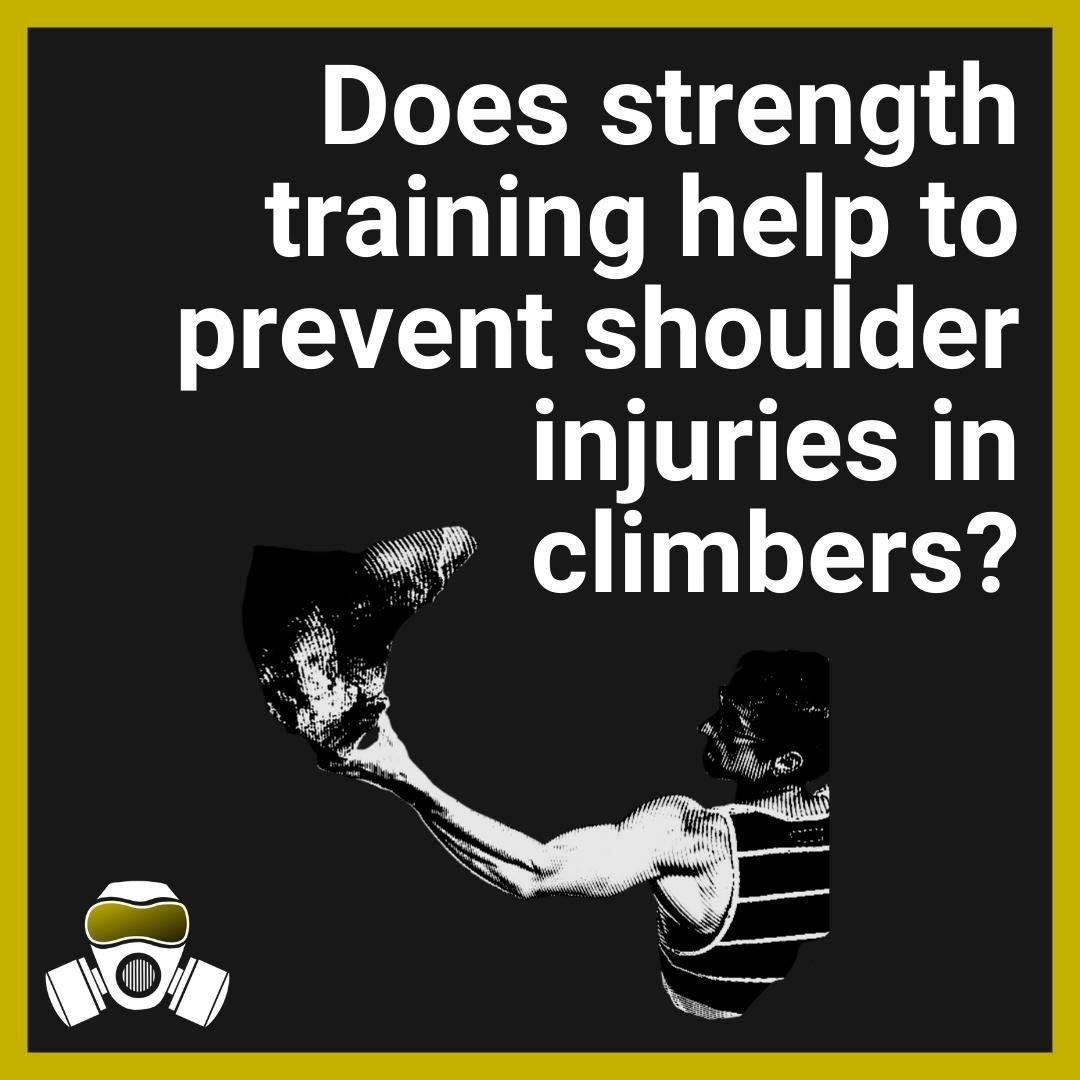
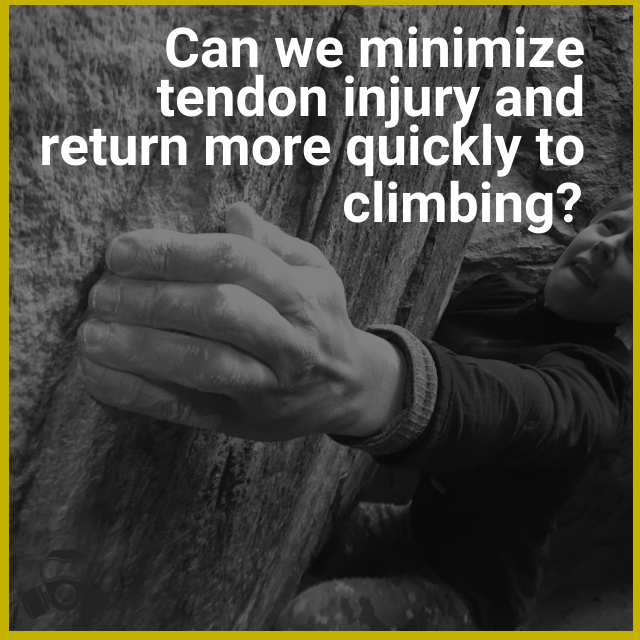
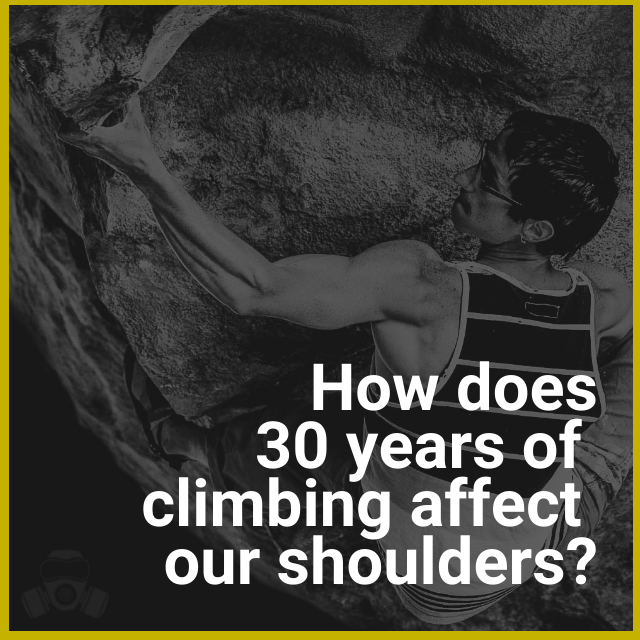


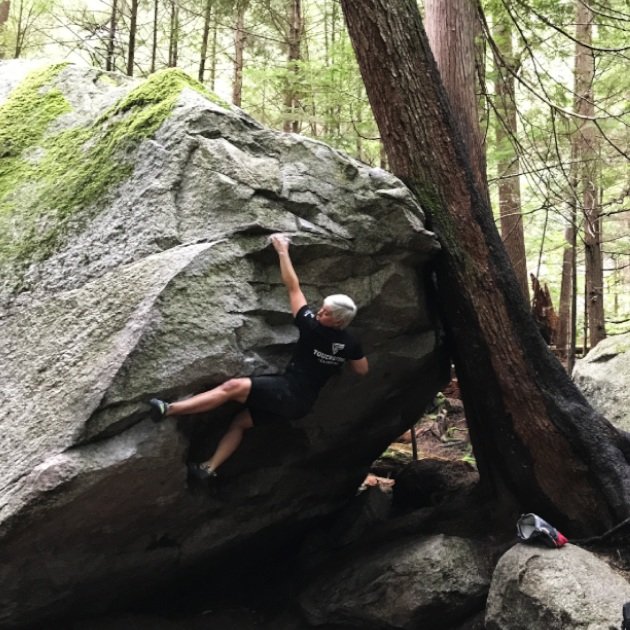

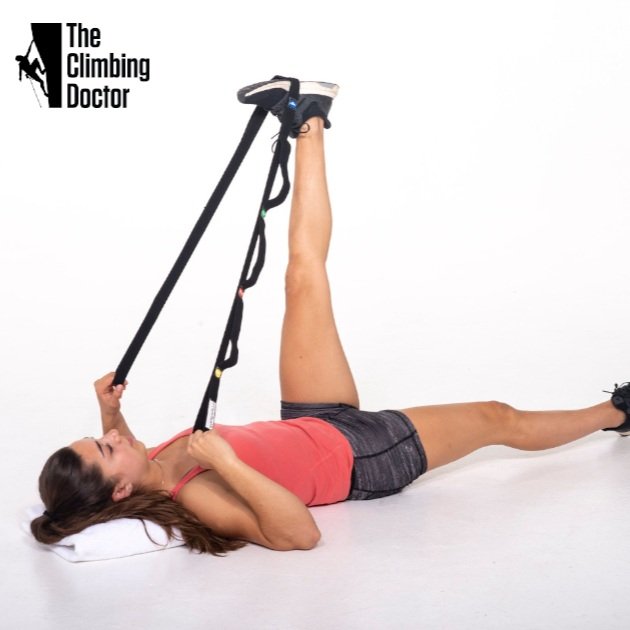





















When it comes to skin care in the climbing world, Rhino Skin Solutions is the one name you need to know.